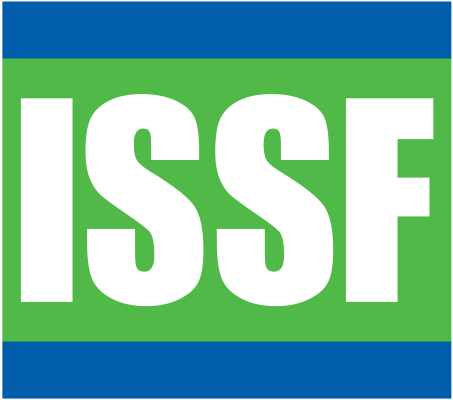Tools for Turtle Handling
Long-handled dehookers: for turtles that have lightly ingested a hook or are externally hooked (such as on a flipper) and cannot be brought on board. Dehookers minimize injury to hooked turtles and save you time rerigging your gear. If it is not possible to dehook the turtle, use long-handled line cutters to cut the line as close as possible to the animal.
Bolt cutters, hand tools, and line clippers: for when you cannot or do not need to use a dehooker. Long-nosed (“needle-nosed”) pliers are good for removing hooks that are only lightly embedded. Bolt cutters can be used to remove the barb or eye of a hook so that the remaining metal can be easily pulled out. (Image; www.WCPFC.int)
Tires: a good platform on which to set the turtle while dehooking, and a place to keep it safe and secure while it recovers on deck. (Photo: Paul Zoeller)
Mouth gags and openers: aid in the removal of lightly ingested hooks. These prop a turtle’s mouth open to allow the removal of hooks, line or both.
Short-handled dehookers: to remove hooks in the mouth or external hooks entangled in a turtle (Photo: Mariluz Parga, SUBMON)
Bolt cutters
Dip nets: use to bring small- and medium-size turtles on board. (Photo: D. Byron White, SCDNR, NOAA)
If you have no tire on board, you can use a coiled-up rope to stop the turtle from sliding up and down the deck. (Photo: Mariluz Parga, SUBMON)
These prop a turtle’s mouth open to allow the removal of hooks, line or both. They can include PVC splice couplings, a wooden brush handle, a hank of rope, or even a dog’s chew toy.




